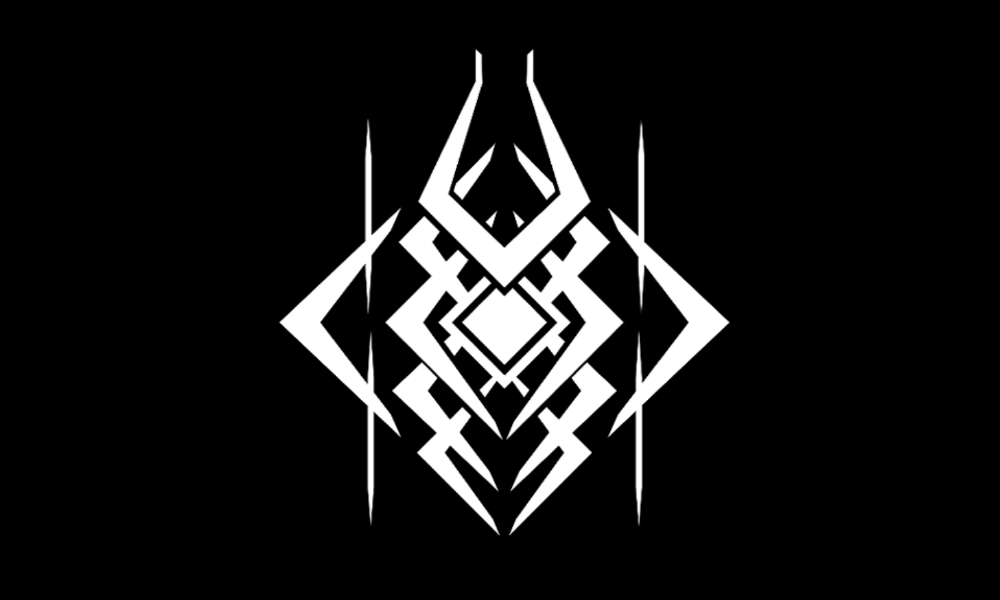| National Factbook |
| Flag: |

|
| Nation Name: |
Nagara Katsidiya |
| Leader Name: |
Ilys-Yureh |
| Currency: |

Raw Sugar Lump |
| National Animal: |

Sankta |
| History: |
The Empire of Sargon traces its origins back to ancient times, where scattered nomadic tribes roamed the vast deserts and dense jungles of the continent. Unified under the legendary Shahanshah of the Aslan dynasty, Sargon became a formidable imperial power. Its legacy is rooted in conquest, trade, and the blending of nomadic and settled cultures.
Throughout the centuries, the empire weathered countless civil wars, foreign invasions, and catastrophic natural disasters. Despite such turmoil, its resilience and complex system of governance—balancing royal authority with tribal autonomy—allowed it to endure.
Modern Sargon is a decentralized confederation where ancient traditions coexist with gradual modernization. The Shahanshah rules from the golden capital of Shar-Agade, while powerful Padishahs and Lords Ameer govern distant provinces and borderlands. |
| Geography |
| Continent: |
Africa |
| Land Area: |
64,373.60 sq. km |
| Terrain: |
Sargon spans an incredibly diverse landscape. Its western and southern borders are dominated by scorching deserts and rugged canyons, home to ancient ruins and nomadic caravans. Towards the east, the terrain transforms into vast, dense rainforests teeming with dangerous wildlife and hidden tribal settlements. In the north and central regions, savannas and rocky plateaus provide grazing lands and mining opportunities, while fertile river valleys sustain agriculture. |
| Highest Peak: |
Mount Aramhad,
4,726 meters
|
| Lowest Valley: |
The Isthar Basin,
-67 meters
|
| Climate: |
Sargon’s climate is harsh and varied. The western deserts experience extreme heat during the day and freezing temperatures at night, with sandstorms sweeping across the dunes. In stark contrast, the eastern jungles are humid, with near-constant rainfall and high temperatures, fostering both lush biodiversity and perilous diseases. The savannas and highlands enjoy a more temperate but still unpredictable climate, alternating between droughts and monsoons. |
| People & Society |
| Population: |
5,069,766 people |
| Demonym: |
Sargonian |
| Demonym Plural: |
Sargonians |
| Ethnic Groups: |
Feline - 31.8%
Savra - 12.9%
Vovuire - 8.1% |
| Languages: |
- 0.0% |
| Religions: |
- 0.0% |
| Health |
| Life Expectancy: |
52 years |
| Obesity: |
0% |
| Alcohol Users: |
0% |
| Tobacco Users: |
0% |
| Cannabis Users: |
0% |
| Hard Drug Users: |
0% |
| Economy |
| Description: |
Sargon possesses a mixed economy, where ancient feudal systems coexist with developing regional trade and resource exploitation. The nation's wealth is heavily drawn from its vast mineral reserves, fertile river valleys, and traditional caravan trade routes across the deserts. While most of the economy is agrarian and extractive, key cities like Shar-Agade are beginning to industrialize, fostering small-scale manufacturing and technological adoption in select sectors.
However, significant economic inequality exists between the prosperous imperial heartlands and the impoverished frontier regions plagued by tribal conflicts and unstable governance. |
| Average Yearly Income: |
$161.36 |
| Gross Domestic Product (GDP): |
$9,054,220,675.00 |
| GDP per Capita: |
$1,785.92 |
| Gross National Income (GNI): |
$3,844,555,220.00 |
| Industries: |
Sargon’s industry is built on mining, agriculture, and small-scale manufacturing. The Vouivre Highlands supply copper, iron, and rare minerals, while river valleys grow wheat, dates, and livestock. Jungle tribes harvest herbs and timber for trade.
Light manufacturing centers in Shar-Agade produce textiles, weapons, and ceramics, while energy comes from coal, oil, and small solar farms. Trade caravans remain vital, linking distant provinces and foreign markets. Though industrial growth is steady, it faces challenges from poor infrastructure and regional unrest. |
| Military |
| History: |
Sargon’s military doctrine blends ancient warrior traditions with modern tactics, emphasizing flexibility, honor, and overwhelming force in key battles. The armed forces are divided into three branches, each bearing the title Zhayedan, meaning “Immortal Guard.” The Anusiyan I Zamigan-e Alam, led by General Ardashir Shahban-i Zhayedan, forms the backbone of Sargon’s land power, favoring rapid cavalry strikes and heavily armored infantry. In the skies, the Zhayedan I Asemanigan, commanded by Khagan Adurbad-i Aseman, deploys airships and strike craft to provide reconnaissance, bombardment, and air superiority. Naval defense falls to the Zhayedan I Drayahbanan, under Bahram Shahban-i Drayahbanan, operating riverine fleets and patrol craft to secure the empire’s waterways and coastal borders.
Sargon’s doctrine values decentralized command, allowing provincial Lord Ameer to raise their own forces while remaining loyal to the Shahanshah Dyana Evandria's strategic vision. Warfare in Sargon often relies on a mix of regular troops, elite guards, tribal auxiliaries, and mercenary bands, adapting tactics to the harsh deserts, dense jungles, and mountainous terrain of the empire. |
| Soldiers: |
0 |
| Tanks: |
15,000 |
| Aircraft: |
1,500 |
| Ships: |
100 |
| Missiles: |
4 |
| Nuclear Weapons: |
0 |
| Last Updated: 07/09/2025 03:29 pm |

















